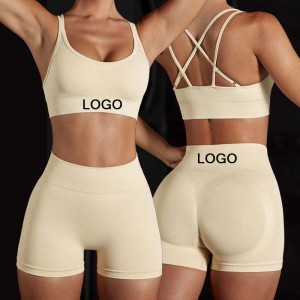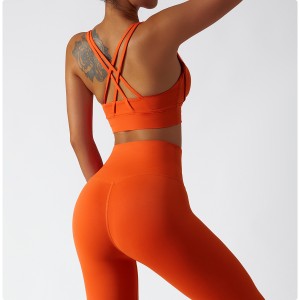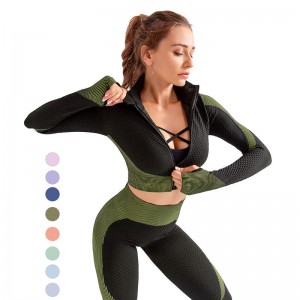In recent years, the global yoga wear market has experienced rapid growth, becoming an important niche within the sportswear industry. According to market research firm Statista, the global yoga wear market is expected to surpass $50 billion in 2024, with steady growth forecasted over the next five years. As consumer demand for sportswear shifts from "basic comfort" to "professional high elasticity, fashion-forward, and eco-friendly" options, brands are accelerating innovation to launch products that align with market trends.
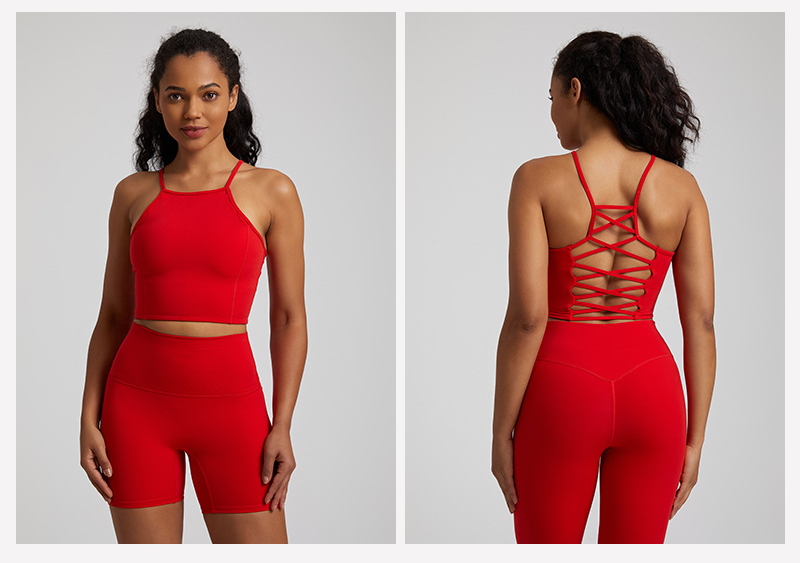
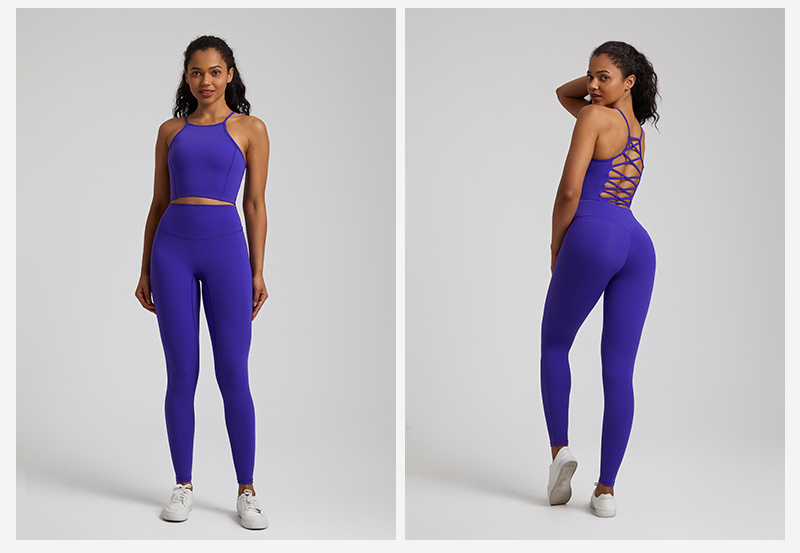
Second-Skin High Elasticity Becomes the Core Selling Point: 68% Nylon + 32% Spandex Fabric in High Demand
One of the most popular features in the current yoga wear market is "second-skin high elasticity," offering an unparalleled, no-constriction wearing experience. Among these, the 68% nylon and 32% spandex fabric combination has become an industry standard, providing a smooth feel and exceptional elasticity. This fabric allows yoga wear to perfectly contour to the body while supporting extensive movement, without feeling tight or losing shape.
In addition to the high-elasticity, second-skin experience, smart technology fabrics are emerging as a new highlight in the yoga wear market. Some brands have already launched products with moisture-wicking, antibacterial, odor-resistant, and temperature-regulating capabilities. For example, Lululemon and Nike have introduced smart temperature-control yoga wear that adjusts its breathability according to body temperature changes, enhancing the comfort of the workout. These high-tech features not only improve the sports experience but also boost the product's competitiveness in the market.
With the rise of sustainability, consumers are increasingly focused on eco-friendly sportswear. Many brands have introduced sustainable yoga wear collections made from recycled nylon, bamboo fiber, organic cotton, and other environmentally friendly materials, reducing carbon emissions and environmental pollution. For example, adidas collaborated with Stella McCartney to launch a sustainable yoga wear collection made from 100% recyclable fabric, gaining the favor of eco-conscious consumers.
From Sport to Fashion: Yoga Wear Becomes a Daily Wardrobe Staple
Today, yoga wear is no longer just workout gear; it has become a fashion symbol of the "athleisure" trend. Consumers are now pairing yoga wear with everyday clothing, seeking a blend of comfort and style. Brands are also responding by introducing more design-oriented yoga wear, such as seamless cuts, high-waisted shaping, and stylish color-blocking, to meet the wardrobe needs of various occasions.
If you are interested in us, please contact us
Post time: Feb-07-2025



